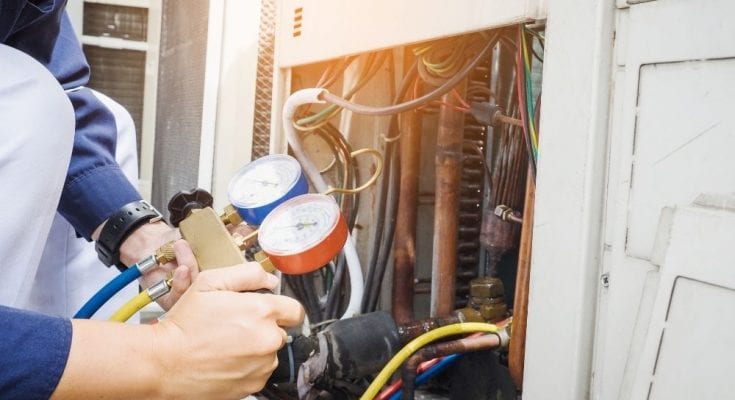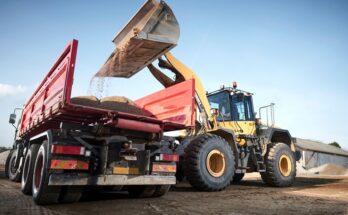High-precision manufacturing, laboratory research, and food processing is too important to conduct in a normal environment. When not only reduction but near-elimination of airborne particles is necessary, these tasks retreat to the cleanroom—a special, purpose-built workspace that allows for the completion of sensitive processes without fear of contamination. Cleanrooms work by manipulating air pressure and rigorously filtering the air, but that’s not all that goes into a cleanroom’s operation. Here’s a closer look at what you’ll need to run a cleanroom at your expanding production facility.
Anterooms
As the name would indicate, much like an antechamber, this is the room before the room. Cleanroom anterooms are necessary as buffers between the cleanroom itself and the rest of the non-controlled environment. The anteroom acts as airlock to prevent outside air from infiltrating the cleanroom. It’ll have frequent air changes, though not as frequent as the cleanroom. In an anteroom, personnel entering a cleanroom will prepare for entry by donning protective equipment such as smocks, facemasks, foot coverings, and gloves, which they will remove in the anteroom on the way out.
Protective Apparel
As mentioned above, this protective apparel is critical to the operation of any cleanroom. Operators must limit outside contamination as much as possible, and proper covering goes far in doing so. Limiting exposure of outside clothing to the cleanroom air helps keep particles from dislodging and entering the controlled atmosphere where they could settle on work surfaces.
High-Performance HVAC
The key to a cleanroom’s function is its HVAC system, which works considerably harder than those in residential or even traditional industrial applications. In turn, this HVAC system must meet requirements beyond those applications. A cleanroom HVAC system must reach ISO standards for particle removal, offer highly precise temperature controls, and turn over the room’s air hundreds of times per hour. Additionally, most cleanroom HVAC systems must maintain positive air pressure within the room.
Robotics
Despite the best precautions of the human beings on your staff, sometimes certain tasks require such precision they can’t be left to human hands. In these instances, robotic assistance can be necessary for what you’ll need to run a cleanroom. By controlling tasks from outside the cleanroom and keeping people out from the environment altogether, facilities can ensure minimal contamination and perform these tasks with the robotic precision they may very well require.



